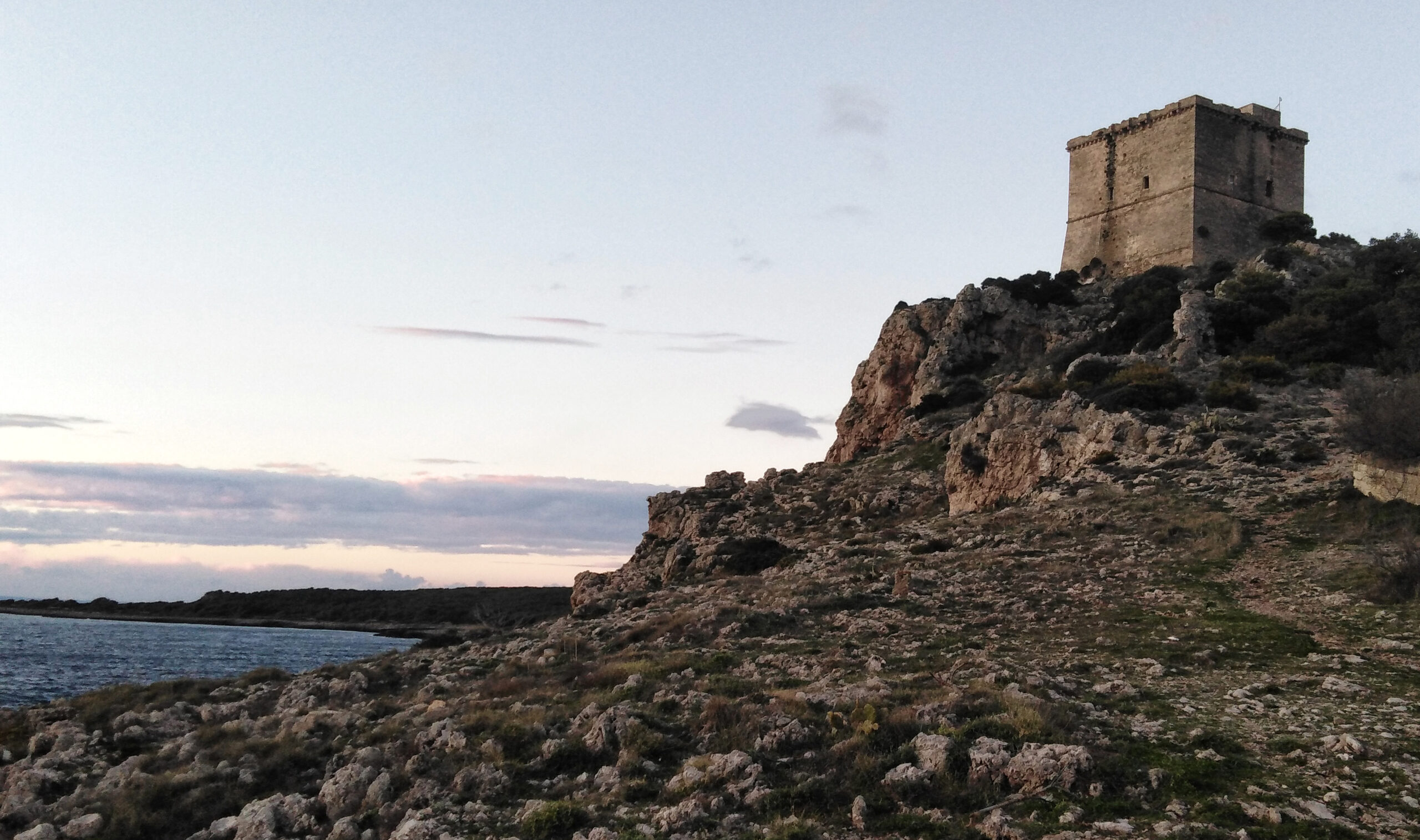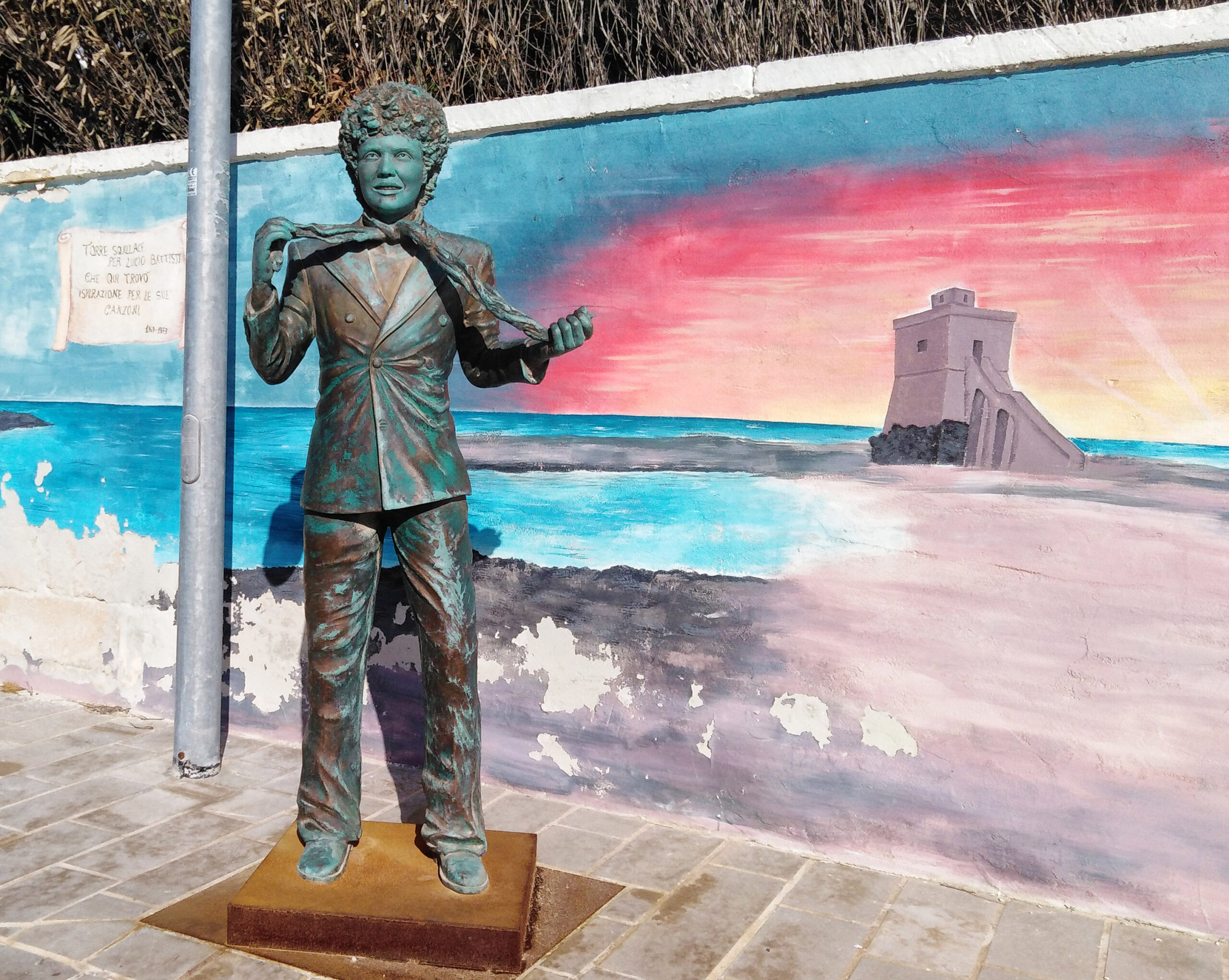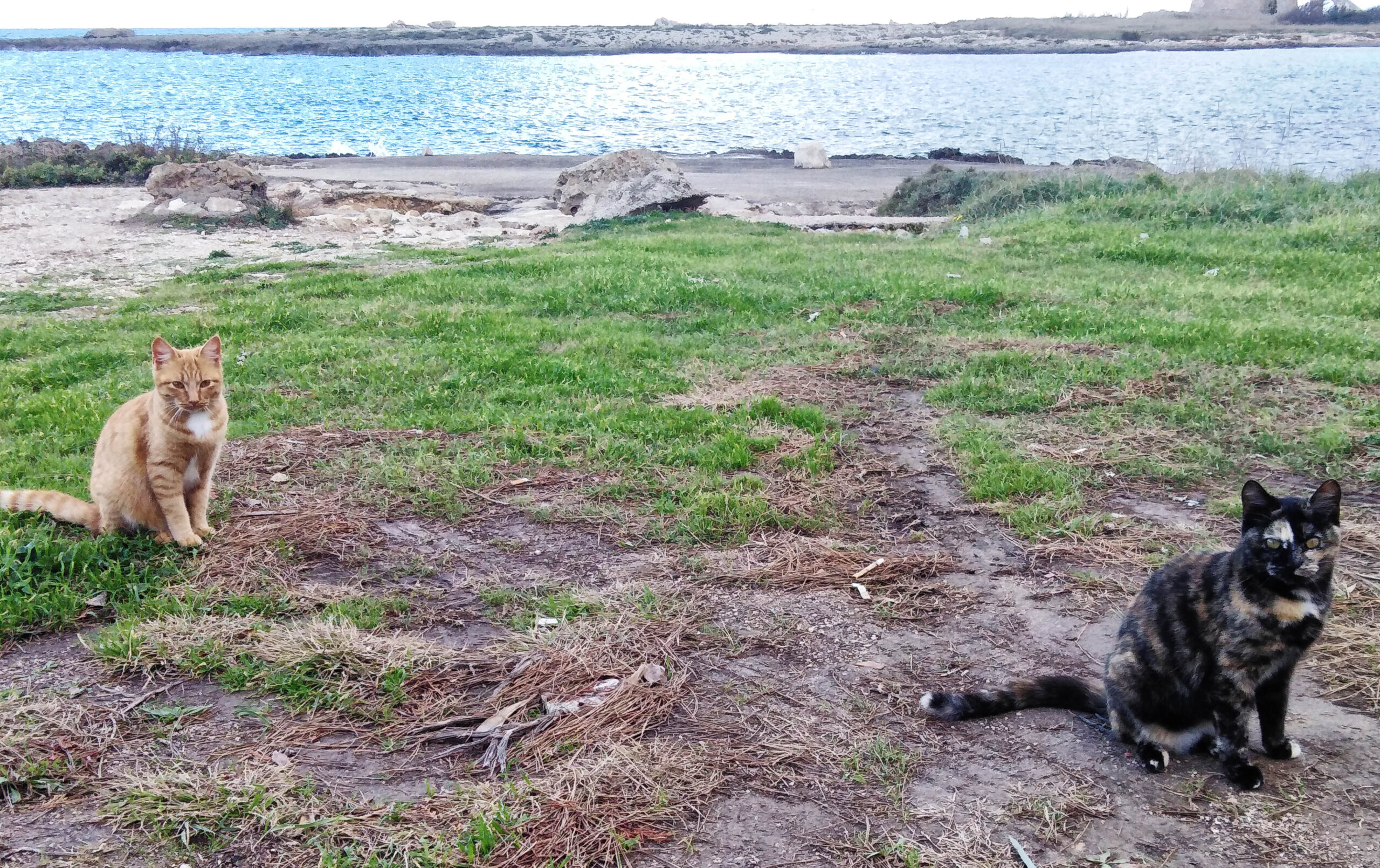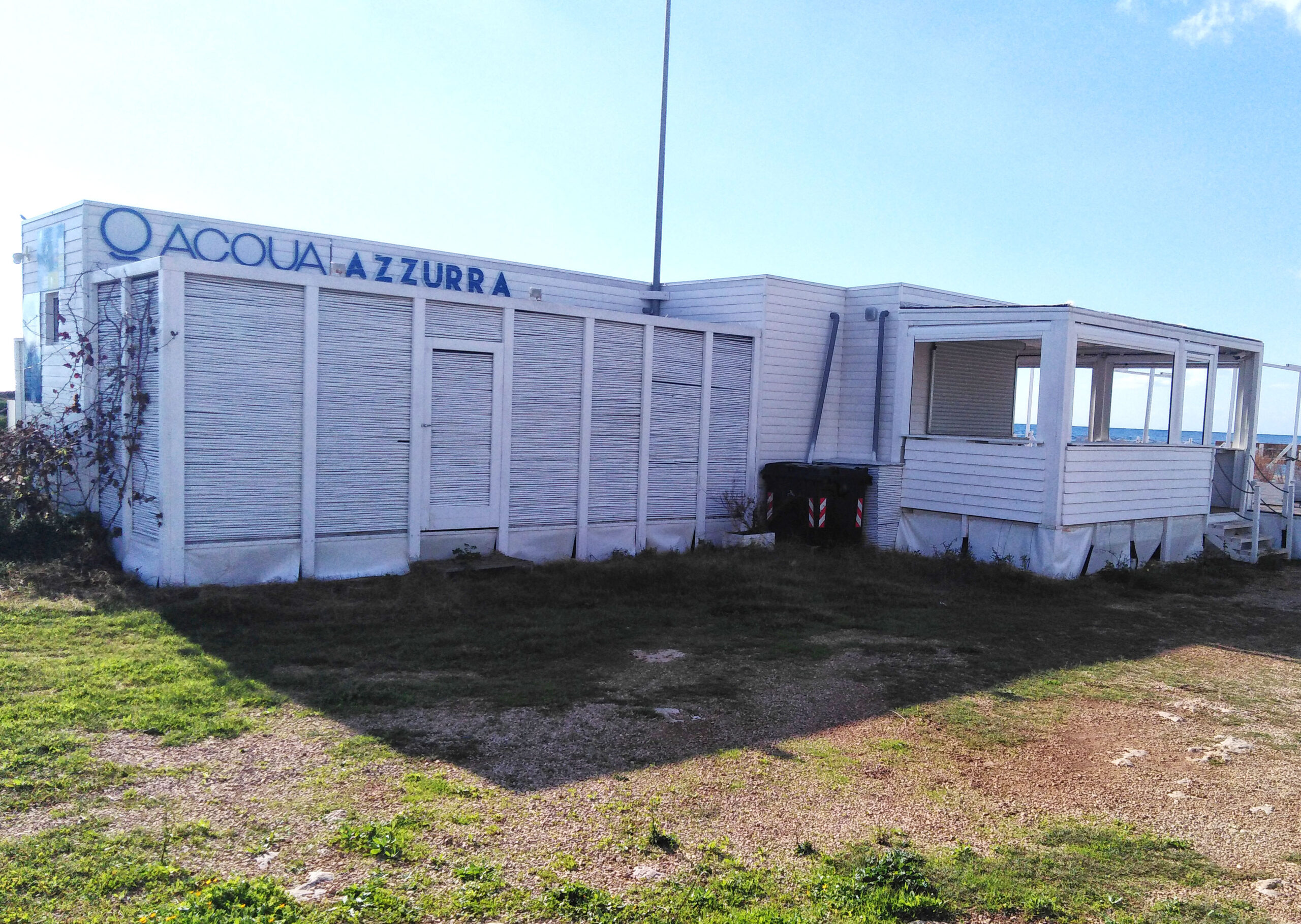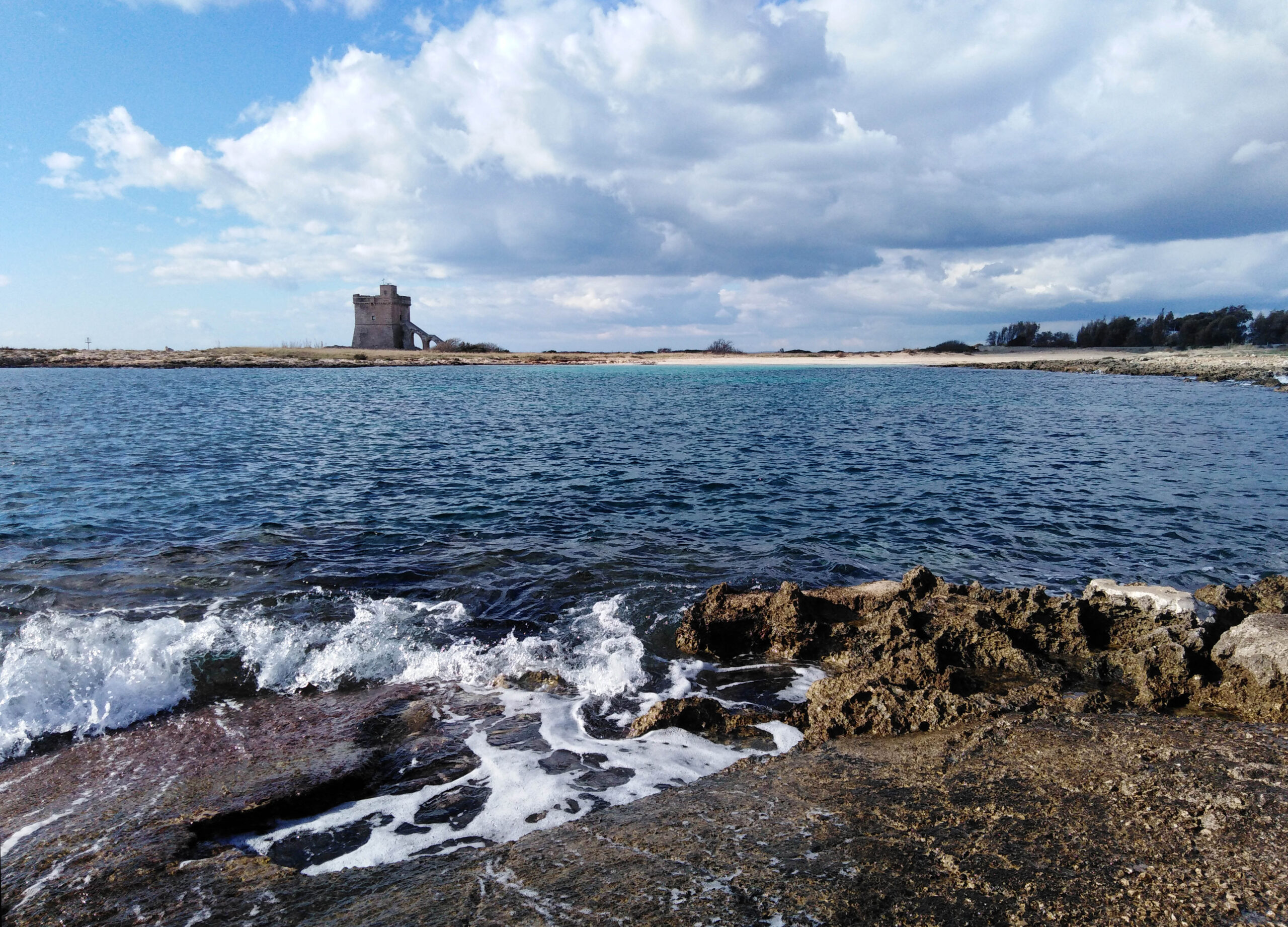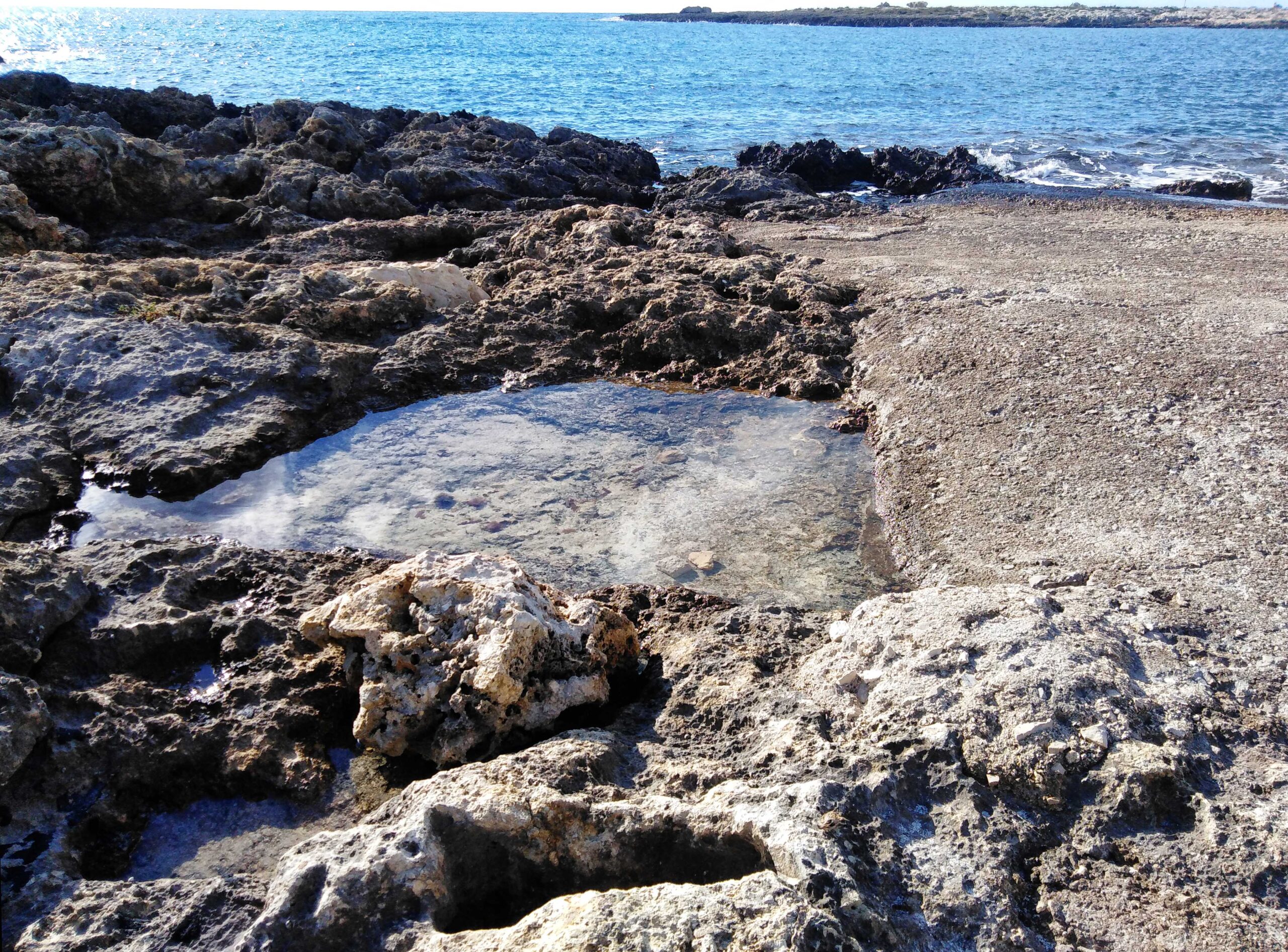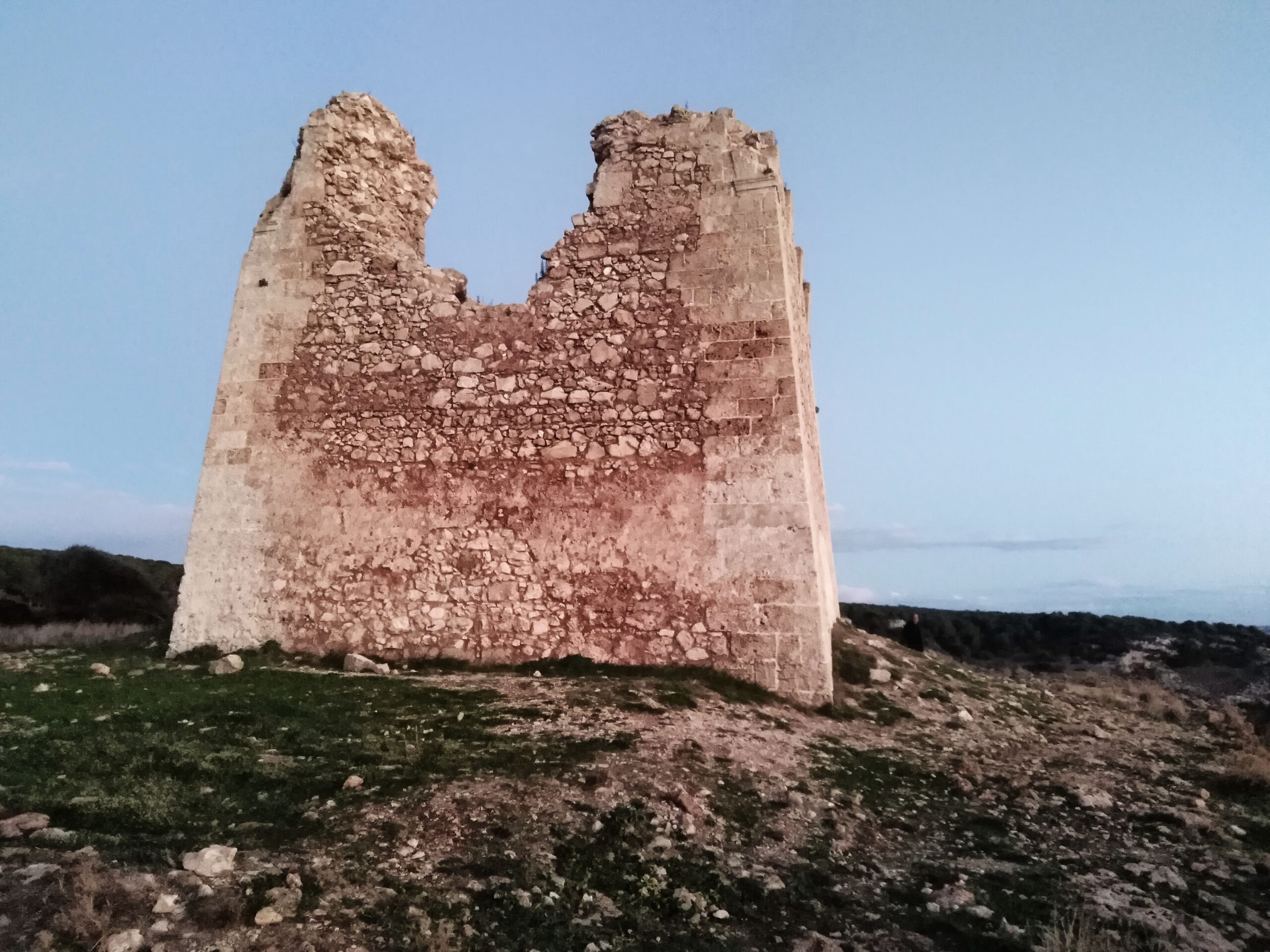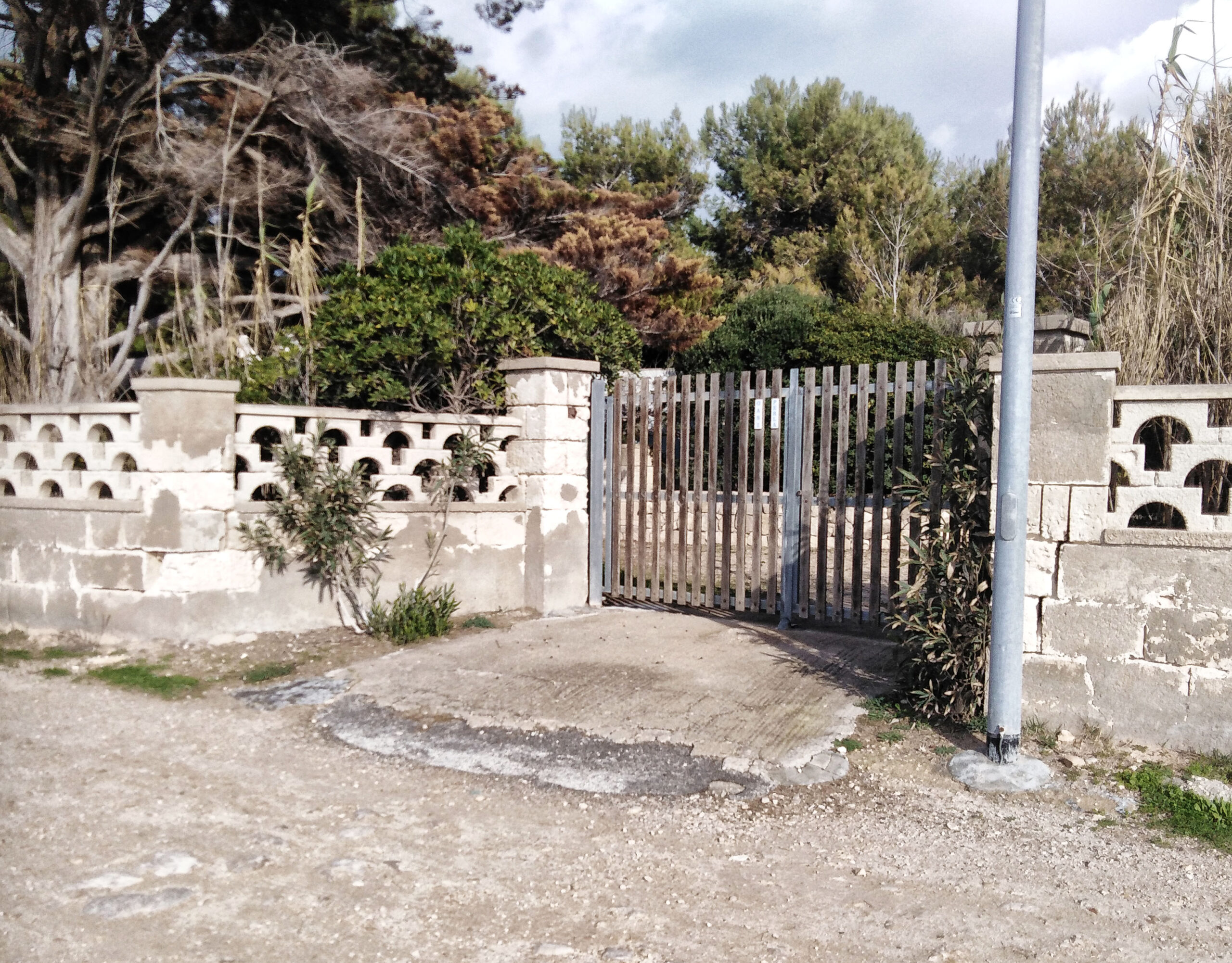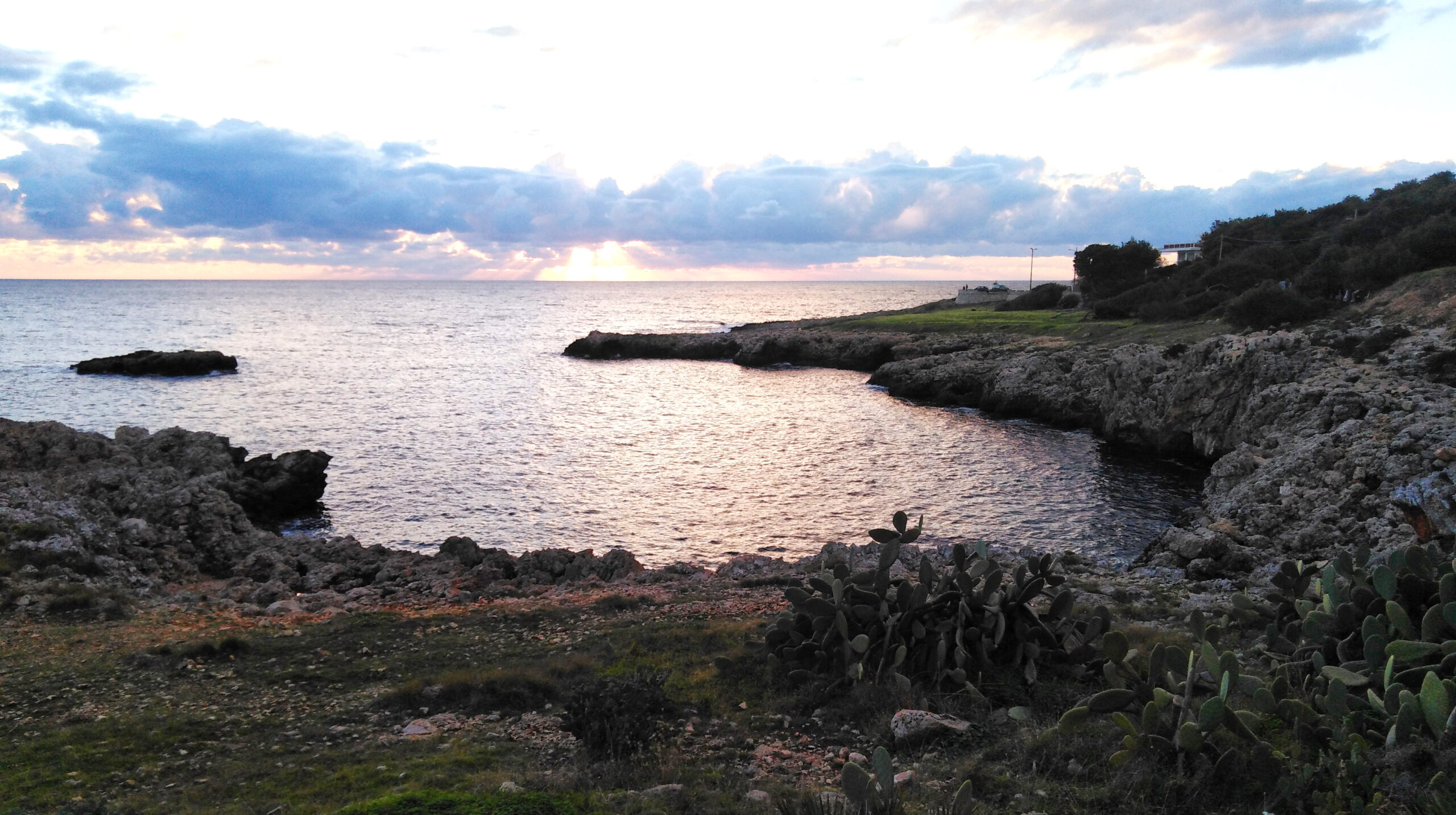
Lucio Battisti (1943–1998) was an Italian singer-songwriter, composer, and guitarist. He is widely recognized as a pioneer of modern Italian pop and rock music. His contributions, especially during the late 1960s to late 1970s, transformed Italian songwriting with their emotional depth, innovative arrangements, and poetic lyrics. Mogol, whose real name is Giulio Rapetti, served as Battisti’s primary lyricist from the late 1960s through the 1970s.
Their collaboration resulted in numerous iconic songs, such as: Acqua azzurra, acqua chiara (1969), Emozioni (1970), Mi ritorni in mente (1969), I giardini di marzo (1972), and Il mio canto libero (1972). Their creative process generally involved Battisti crafting the music first, followed by Mogol penning the lyrics to match the emotional tone and rhythm.
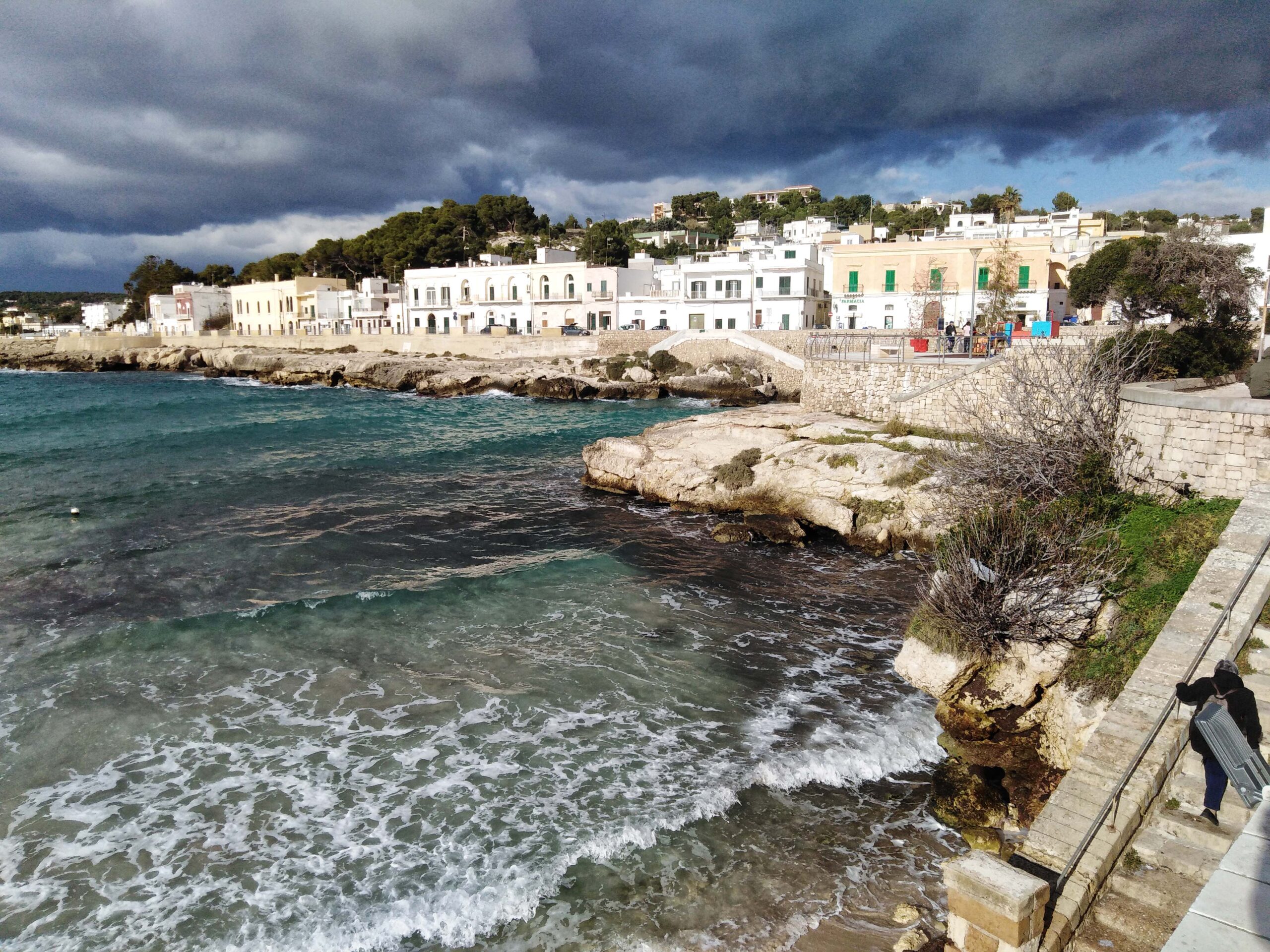
They frequently collaborated in serene, natural environments, with Mogol noting how the surroundings impacted their songwriting. “Aqua azzurra, acqua chiara” was released in 1969 and marked one of Battisti’s significant hits. There are indeed tales and theories regarding its origins: one popular narrative suggests that Battisti composed Acqua azzurra, acqua chiara while in Puglia, particularly near Torre Squillace (close to Nardò, in the province of Lecce), inspired by the vibrant sea and light of the region.
In remembrance of those significant days, a bronze statue of Lucio Battisti, commissioned by the Municipality of Nardò and designed by Dario Tarantino, has been erected in front of Mogol’s villa, which often hosted the illustrious singer-songwriter. The statue is located outdoors along a public waterfront promenade, ensuring that anyone visiting Torre Squillace can admire it without entering private property. Mogol’s villa is positioned near the Torre Squillace coastline, within the municipality of Nardò, situated between Sant’ Isidoro and Porto Cesareo.
According to several sources, Mogol bought the villa in the late 1960s, after being introduced to the area by singer Adriano Pappalardo, who was part of the same Milanese musical community. The villa became a summer haven for Mogol and Battisti until around 1973, serving as a place for both creative work and leisure. The villa was extensively used until about 1973, when Battisti and Mogol sold it, reportedly because the growing development in the area posed a threat to its privacy.
